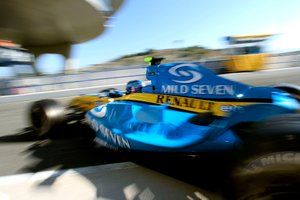
Preparing F1 proteges for the biggest race of the year
The Macau Grand Prix is the event that all junior single-seater racers want to win. But how do they prepare?

Performance
Our experts' guide on how you can become a better racing driver
Cast an eye over the recent winners of the Macau Grand Prix and you'll quickly form the impression that Formula 3's annual end-of-year jamboree is an event that favours experience. Antonio Felix da Costa took his second victory last year at his fifth attempt, defeating the winner of the previous two contests, Felix Rosenqvist, himself a veteran of seven starts between 2010 and 2016.
Not since Keisuke Kunimoto in 2008 has a rookie ascended the top step of the podium, but with significantly fewer old hands on this year's entry list, there is guaranteed to be a new winner for the first time since 2014. However, if a new face is to make their mark, they can't rely on talent alone.
Share Or Save This Story
Subscribe and access Autosport.com with your ad-blocker.
From Formula 1 to MotoGP we report straight from the paddock because we love our sport, just like you. In order to keep delivering our expert journalism, our website uses advertising. Still, we want to give you the opportunity to enjoy an ad-free and tracker-free website and to continue using your adblocker.


















